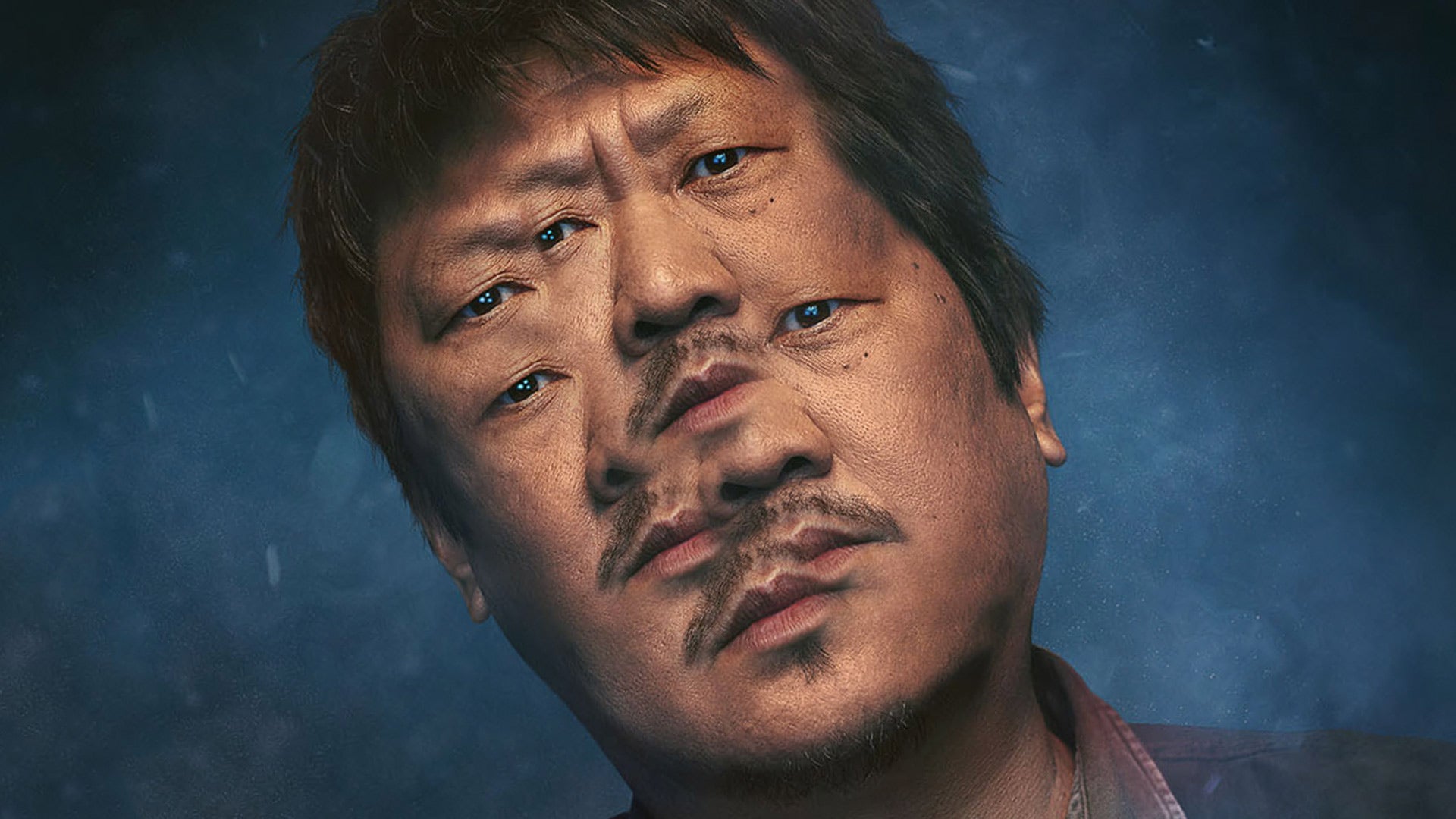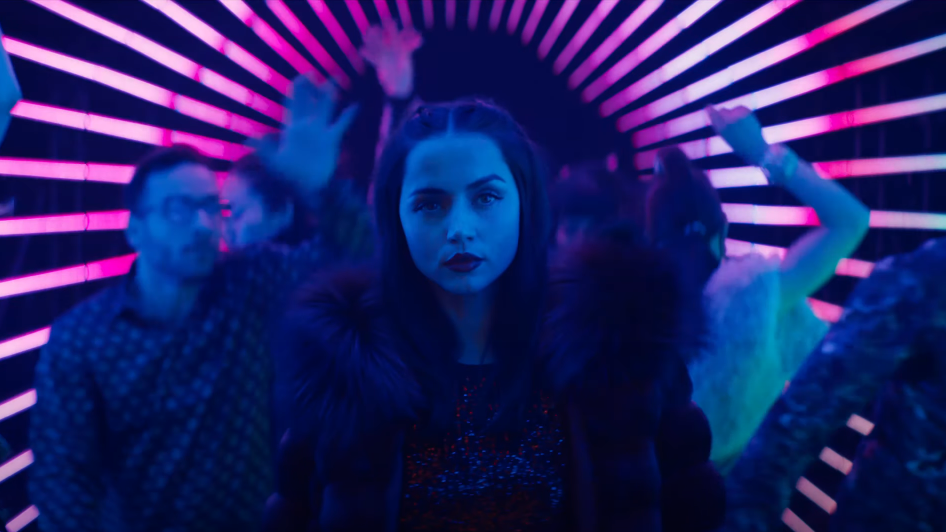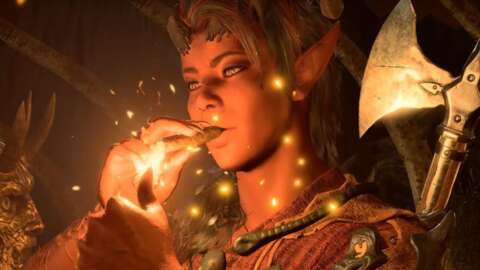13 years after the launch of its predecessor, Alan Wake 2 finally continues the story of gaming’s favourite haunted novelist. But the sequel is expanding more than just Alan’s tale. This game is the third entry in the Remedy Connected Universe, an idea that will see the Finnish studio’s works overlap, connect, and influence each other.
For IGN First we spoke to Sam Lake, creative director of Alan Wake 2 and Remedy’s beloved storyteller, to learn more about the Remedy Connected Universe and how the studio’s games have always been linked in weird and interesting ways.
Remedy Entertainment has been in business since 1995 and has created five different worlds over the years. But while this new connected universe will unite Remedy’s games, not everything the studio has made will be included.
“It is very clearly Alan Wake and Control, because they are Remedy’s own IPs,” Lake explains. “Quantum Break and Max Payne, out of our earlier games, are something that we do not have or control, so they are not really part of this.”
“Looking back to before we had the Universe established, we do love to put Easter eggs and nods and winks and echoes of our previous works in,” Lake says. “So on that level we can kind of have fun with certain mentions [of our other games], but fundamentally Remedy Connected Universe as it is now [is] Control, Alan Wake. And certainly we have plans in the future to keep expanding this idea.”
As previously mentioned, Alan Wake 2 is the third game in this connected universe. But it’s also sort of the second. See, back when the original Alan Wake launched the idea of the RCU simply did not exist. Fast forward nine years, though, and Remedy released the first true Remedy Connected Universe game, which retrospectively reached back and claimed the events of Alan Wake.
“We officially announced and had [the Remedy Connected Universe] going with Control,” says Lake. “When you play Control, you come upon some Federal Bureau of Control investigations related to the events of Alan Wake, and that's where we kind of established the idea that these exist in the same world.”
So while Control was the first RCU game, it was technically the second. Alan Wake and the weird events at Cauldron Lake became part of the story of Control. Remedy later doubled down on this with AWE; an expansion for Control that fully committed to making the two games part of the same world.
Control provided a new angle on the events of Alan Wake by filtering it through the perspective of the Federal Bureau of Control, an X-Files-like agency that deals with the paranormal. In Alan Wake 2, that perspective is flipped; we’ll see what it’s like to encounter this weird government department from the point of view of someone working outside of the Bureau. That doesn’t necessarily mean that Alan Wake 2 is about the FBC, but it will feature as much more than just a passing mention.
“I would say that [having FBC as part of Alan Wake 2 is] definitely more than an Easter egg,” Lake insists. “It is a crossover experience in [the] Remedy Connected Universe. FBC does play a key role. Their presence in the area… we have key characters related to that and tying into this. So it's definitely more than an Easter egg.”
Remedy has always loved an elaborate Easter egg, though. Long before the RCU began, the studio played with the idea of connections between its games. In the first Alan Wake you can find a couple of manuscript pages from one of Alan’s famous Alex Casey novels. Casey is a hardboiled detective, a not-so-subtle nod to Remedy’s own Max Payne, the pill-popping hero of its previous games.
“There is almost like this metaphor of if you imagine Alan Wake as Remedy and his past works as the studio's past works,” Lake explains. “There was this kind of meta amusement being had with, ‘Well of course it's crime fiction and there is this kind of a hard-boiled detective figure.’”
To fully commit to the meta joke, Remedy had the manuscripts read by James McCaffrey, the voice actor who brought Max Payne to life.
“We were working with James [McCaffrey] in any case with Alan Wake, he was voicing Thomas Zane in the original one,” Lake recalls. “So it was not a big leap to go with, ‘Well let's just have fun and have a couple of these pages and [have] Alex Casey voiced by James, because it's fan service as well for our long standing fans.”
The rights to Max Payne are owned by Rockstar Games, and so Remedy was unable to include him in Alan Wake. But this fun nod to the studio’s breakout character established connective tissue between the games. Alex Casey isn’t Max Payne, but he sort of is.
For Alan Wake 2, Remedy could have left the joke behind. Who needs that meta layer when there are links to Control to have fun with? But, in a move that will delight long-term Remedy fans, Alex Casey isn’t just back, he’s one of the sequel’s central characters. But how is that possible when Alex Casey is a fictional character, created by the titular writer himself?
“[Alan Wake] can't write and a lot of things follow from that,” explains Lake of his tortured protagonist. “So here, coming back to this and him being trapped in The Dark Place and being trapped in his own mind and not being able to break out, it felt like a natural idea to bring Casey back. This ghost refuses to be put to rest and it features in this story in various layered ways.”
Making Alex Casey a human presence has allowed Remedy to take its meta humour one leap further. The studio has not just invited James McCaffrey back to voice Casey, but it has also given him the face of Sam Lake.
Back in the late ‘90s when Remedy was making the original Max Payne, many of its characters were based on photographs of the development team. Lake, who was the project’s writer, provided his own face for his protagonist. And so by lending his likeness to Alex Casey, the joke has come full circle.
But Alan Wake 2 is more than just taking the Alex Casey joke to its furthest point. The story claims Casey and makes him more than just a nod back to Max Payne. He’s now a vital part of Alan’s journey.
“Kind of the whole starting point is twisted mirrors and echoes and what is real and what is imagined and these kinds of distortions,” says Lake. “It gave us a lot of liberty, of course, because the Alex Casey you meet here definitely isn't Max Payne. There are a lot of aspects to this character or the versions of this character that you keep meeting. They are their own thing.”
The first version of Casey players will meet is the FBI partner of Saga Anderson, Alan Wake 2’s second protagonist. This Casey exists in the real world and is altogether more believable and less pulpy than the fictional detective that lives between the pages of Alan’s novels.
“This is kind of an older, more experienced, cynical, grumpy detective figure that I feel James [McCaffrey] with his voiceover brings to life really, really well,” says Lake. “[It] felt like just the right kind of a character to have this kind of back and forth between Saga.
“Saga having a happy family life and Casey being kind of disillusioned and complaining about his ex-wife, and this kind of a dynamic there going on, just felt like a delicious opportunity.”
But inside The Dark Place, the nightmare prison Alan Wake is trapped within, is another version of Alex Casey. And this much more exaggerated, hard-boiled vision of the character will be more than a little familiar to those who have danced the bullet-time ballet.
“With all of this history it just felt like it would've been a missed opportunity not to just have fun and play the character,” says Lake, who once again donned a leather jacket for the role. “And I loved it. It was a lot of fun. It was a big learning process, because way back then I was not really acting in any way in the first Max Payne game. It was just posing for photos and that's it. That was my part, just finding the expressions. This time around we have evolved a lot and now it's motion capture and performance capture and live action and actually acting face-to-face with these brilliant, awesome actors that we have.”
Meta jokes like Alex Casey are the early foundations upon which the Remedy Connected Universe has been built. But with the forged connection between Alan Wake and Control, the links are now more than just cheeky winks. These days Remedy is operating in the same realms as Marvel and DC, who have long experimented with connected universes in both comics and movies. But, of course, one of Remedy’s key inspirations for the RCU is not a gargantuan film studio. It’s a beloved horror writer.
“Obviously there are many different examples like, say, Stephen King,” notes Lake. “His works were definitely a big part of the inspiration for the original Alan Wake and he has this kind of a thing going as well. There are knots and references to other books and other characters in them.”
“I find it very exciting and as a creator and writer,” Lake continues. “I think that it gives very, very tasty opportunities of referring to and doing callbacks and adding extra layers of meaning, building this kind of a web.”
Of course, at this early stage Remedy is far, far away from the vast interconnected multiverse that powers King’s Dark Tower books and beyond.
“Remedy Connected Universe gives us a foundation for this kind of world and universe where the stories take place,” Lake says. “I feel that we are in very early steps with our universe.”
“They are exciting ideas. We are early on and we will keep building and let's see where it takes us,” he adds.
We’re yet to see exactly how Control factors into Alan Wake 2. But, based on the stories that Remedy has told thus far, it’s clear to see how all that weirdness can interconnect and grow into fascinating, fun new adventures. And with multiple games in development at Remedy, including Control 2, I’m excited to watch the RCU grow and mature. With a bit of luck (and all that Remedy talent), it could potentially even become the most ambitious crossover event since That's So Suite Life of Hannah Montana.
Matt Purslow is IGN's UK News and Features Editor.







